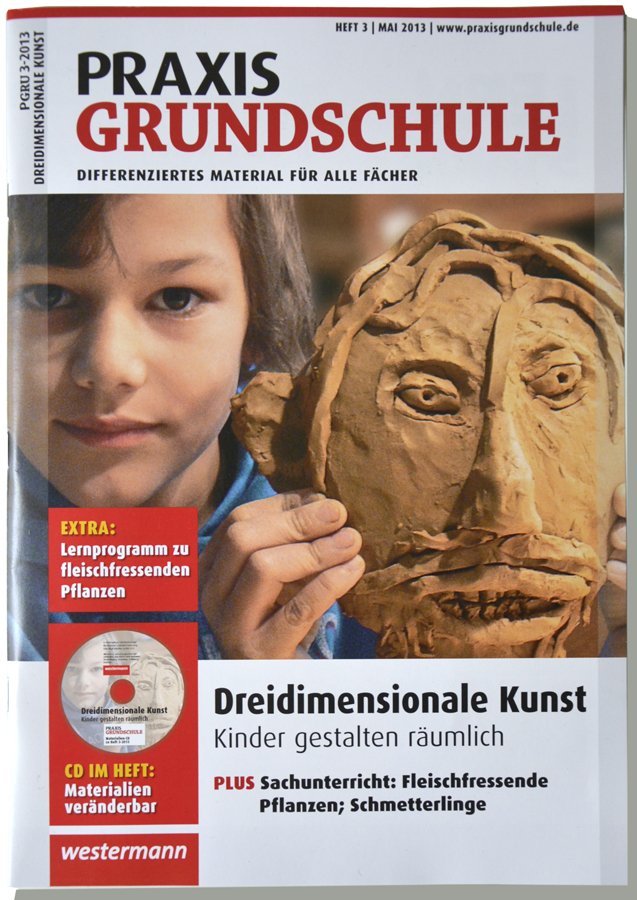Aesthetics of mathematics
The mathematical principle of infinity was first described in 1858 by Johann Benedict Listing and August Ferdinand Möbius, after whom the three-dimensional form was named the Möbius strip. However, it was not until 2007 (E. L. Starostin & G. H. M. van der Heijden “The shape of a Möbius strip”, Nature Materials 6, 563 – 567, 2007) that mathematicians succeeded in finding a formula for calculating the three-dimensional shape of a space that has only one surrounding edge and one surface. To this day, the graphic works of the artist M.C. Escher, who has often explored optical illusions of perception and the impossibility of perspective in his work, have caused a worldwide sensation.
A spatial sculpture is developed and modeled with the help of paper, color and light from the principle of the vividly simple, yet mathematically highly complex form of the Möbius strip. The first step is to examine the geometric principle of the Möbius strip. To this end, models are created to capture and describe the principle on the surface. The surface shape is then converted into a solid shape. Creative experiments with various materials and suitable found objects from nature and the world of products show how imaginative three-dimensional shapes can be created from the two-dimensional geometry of the ribbon.
The variance in the students’ work shows the influence of the material properties on the idea generation and the pictorial process. The discussion of the works deepens the knowledge gained in practice, according to which the aesthetics of flat materials change with their transformation into spatial form. Carelessly discarded products or inconspicuous natural materials can develop fascinating properties in a room. Mathematics, on the other hand, describes what all objects have in common, the principle of form, which is hidden behind the variety of material inventions that characterize the artistic creative process. In the final step, basic experience is gained with the image projection of bodies in space, which promotes spatial imagination and thinking in spatial categories and is therefore useful in art and mathematics. The students experiment with colored shadow projections of their Möbius objects, whose two-dimensional views illustrate the perspective relationship between viewer, object and light source in image and space. The learning success can be further deepened by photographs and drawings of the objects in the context of their shadow images.



